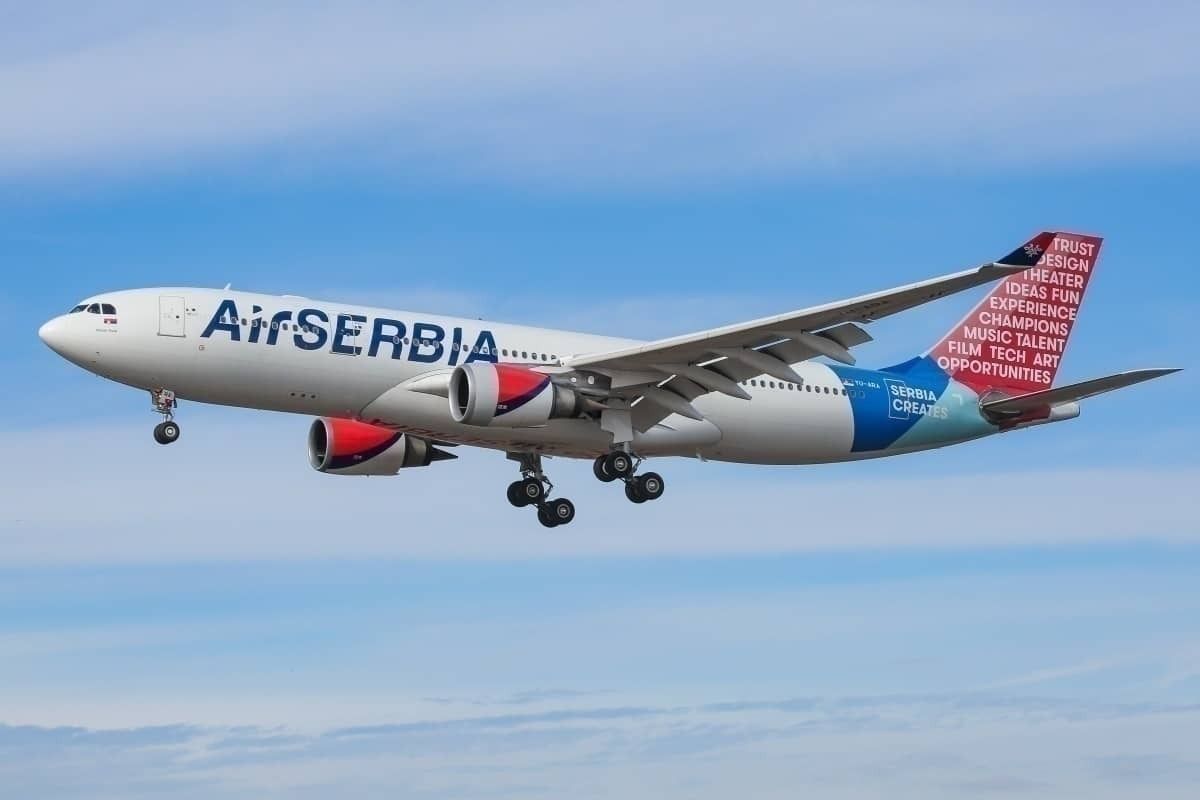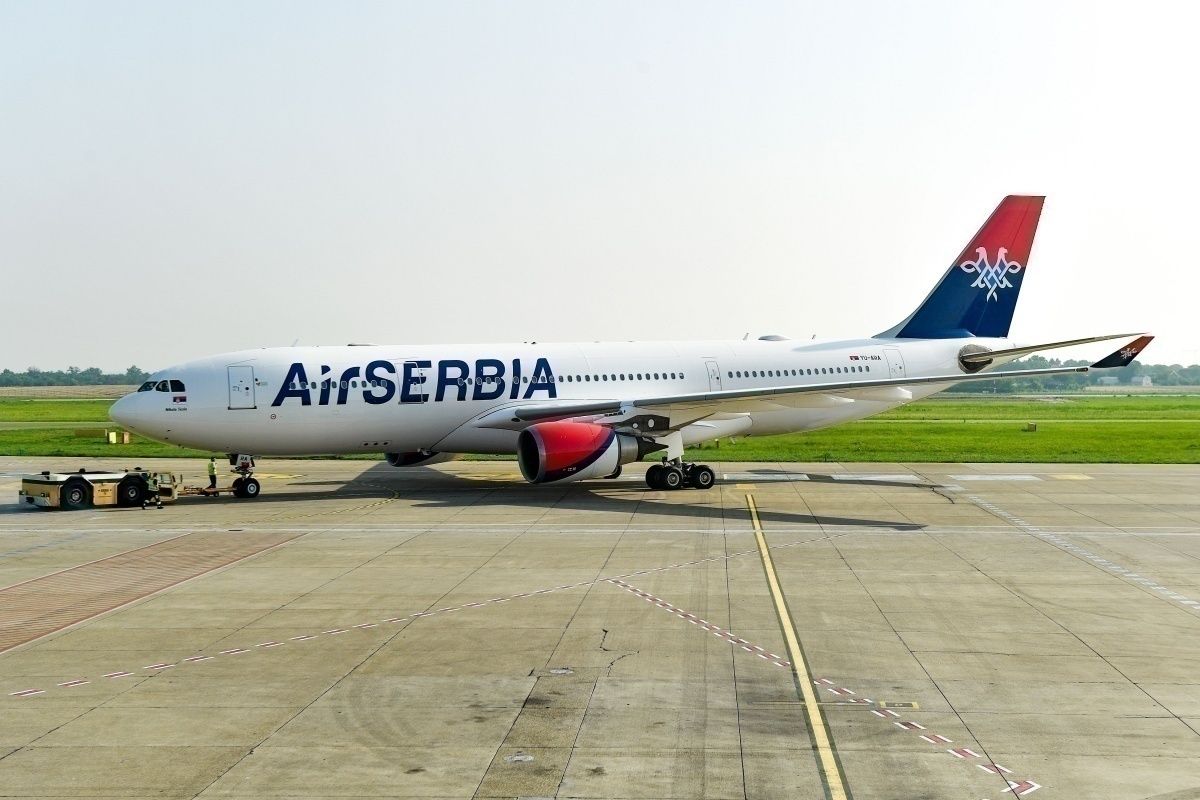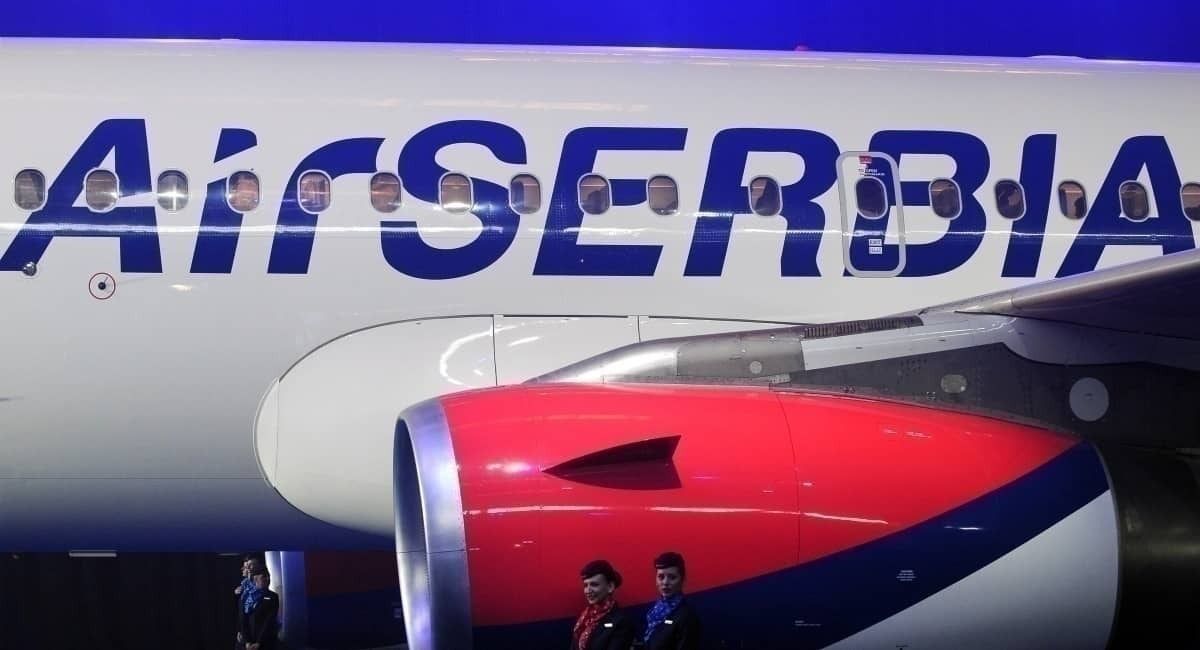Air Serbia has been hit hard by the slump in demand for air travel resulting from COVID-19. And the Serbian flag carrier is still constrained by travel restrictions for Serbian nationals wishing to enter much of the European Union, on top of weak demand already resulting from economic uncertainty and health fears. Let's have a look at the impact of COVID-19 on Air Serbia so far, as told by one of its senior management team members.
The network has completely changed
Air Serbia is presently generating more passengers on its regional routes than it is carrying on its international flights. This is very surprising, given the wide route network that Air Serbia has built up across Europe. However, it is also expected since many of the airports that Air Serbia serves in the region are in countries where there is either a small presence of legacy European airlines to serve the market, or there is no flag carrier in the country at all.
Stay informed: Sign up for our daily aviation news digest.
As a result, Air Serbia is able to pick up traffic from these destinations in the regional proximity and transfer them onto its services. This is also why Air Serbia recently scheduled a major increase in capacity for its route between Belgrade and New York JFK. In contrast, this time last year, Air Serbia was actually canceling services to New York. In that respect, the pandemic has brought about a positive change at the airline.
However, explaining the negative impact of the pandemic on the Serbian flag carrier, as reported by Ex-Yu Aviation News, Air Serbia's Head of Trade and Corporate Sales, Boško Rupić, noted:
"The challenge for us at the moment are the closed borders and travel restrictions in our main markets in Western Europe, which greatly restricts the movement of people, and so our flights, too.”
Discussing flexibility in scheduling flights, he also said:
"Constant monitoring of ticket reservations is crucial right now. This is the basis for further decisions and flights. If we see bookings increasing rapidly on certain flights, we react by increasing the capacity of those flights, allocating larger aircraft. Flexibility is currently the key issue in our business."
Long-term planning despite uncertainty
Nevertheless, Rupić said that Air Serbia still intends to launch a process of long-term strategic planning, saying:
“The uncertainty of what kind of travel conditions will be in force puts a serious limit on long-term plans, but despite that we are working on making some plans and developing several business scenarios for the coming years."
Air Serbia has established itself as one of only a few national airlines in the wider region to be conducting long-term strategic planning that can yield a successful outcome. Before the pandemic broke out, Air Serbia planned to launch ten new routes in 2020. Simple Flying had a look at these plans in December.
It's easier to make a plan for the next month than for the next year
Commenting on the airline's changing plans, and its need to adapt operations at a time of a global pandemic, Rupić added:
"We have already had some negotiations for the next year, but it is very difficult to make a concrete plan when the travel conditions are unknown and constantly changing. This means we have to think fast and act within short deadlines. We often say that it is easier to make a plan for the next month than for the next year”.
Commenting on the changing nature of advance bookings, Air Serbia's Head of Trade and Corporate Sales said:
"The level of demand comes down to the fact that most passengers decide to buy tickets and tourist packages between seven and ten days before their trip."
How do you think smaller airlines like Air Serbia will cope with the travel restrictions imposed on the countries in which they operate? Let us know what you think of Air Serbia's long-term plans in the comments below.



